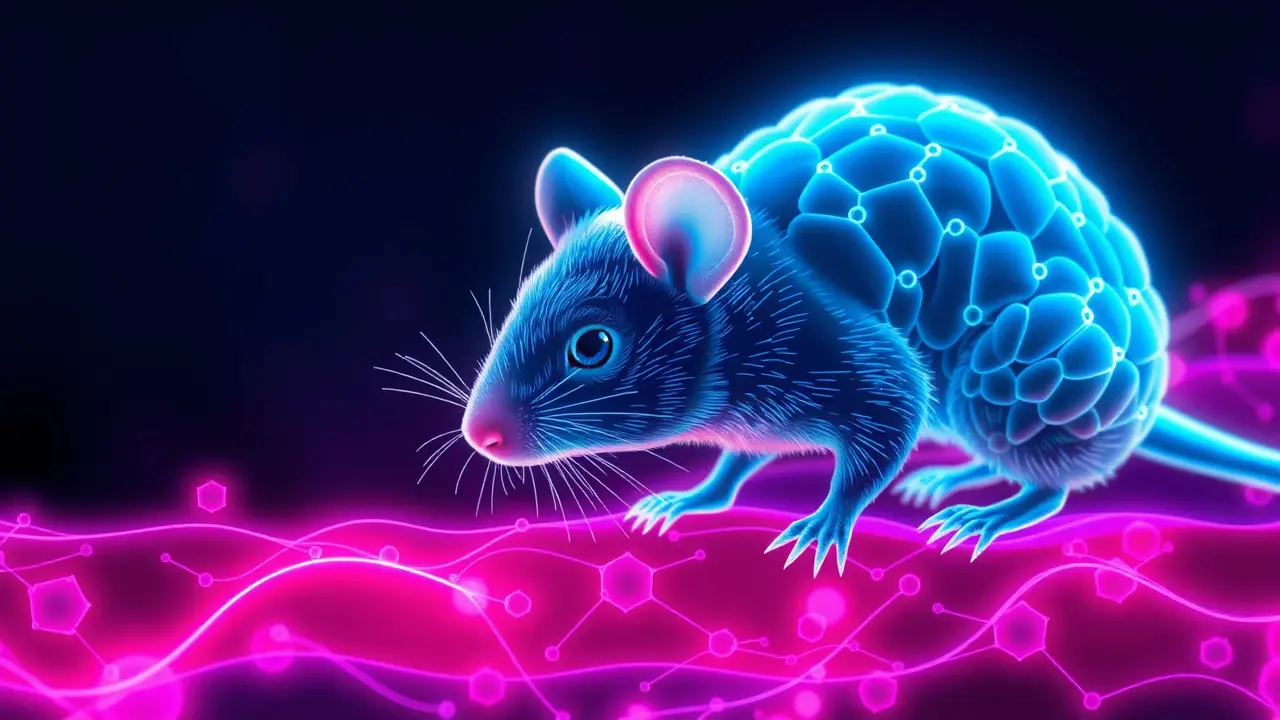- News
- neuroscience
- Nanotech Breakthrough Reverses Alzheimer's Symptoms in Mice, Offering New Hope for Neurodegenerative Diseases

Scienceneuroscience
Nanotech Breakthrough Reverses Alzheimer's Symptoms in Mice, Offering New Hope for Neurodegenerative Diseases
KE
Kevin White
3 days ago7 min read
In a landmark study that could redefine the future of neurodegenerative treatment, scientists have successfully reversed Alzheimer's disease symptoms in mice using a novel supramolecular nanotechnology. This pioneering approach moves beyond conventional drug delivery, employing nanoparticles as the primary therapeutic agent to activate the brain's natural self-repair mechanisms.The engineered nanoparticles stimulated the brain's vascular system to clear toxic amyloid-β plaques—the characteristic protein clumps associated with Alzheimer's—while simultaneously restoring the integrity of the compromised blood-brain barrier. This dual-action intervention not only repaired this critical protective boundary but also reversed memory loss in the test subjects, effectively restoring cognitive function.The strategy marks a significant departure from failed drug candidates that directly targeted amyloid plaques, instead focusing on empowering the body's innate biological systems to perform the cleanup. While translating this success from mice to humans presents a formidable challenge, the underlying principle of triggering built-in repair processes offers a transformative blueprint for treating a range of currently incurable conditions, including Parkinson's and Huntington's disease. This breakthrough potentially heralds the dawn of a new therapeutic class where the treatment is not a drug, but a biological instruction.
#featured
#Alzheimer's disease
#nanotechnology
#amyloid-beta
#blood-brain barrier
#memory loss
#neurodegenerative diseases
#mice study
Stay Informed. Act Smarter.
Get weekly highlights, major headlines, and expert insights — then put your knowledge to work in our live prediction markets.
Related News
Comments
It’s quiet here...Start the conversation by leaving the first comment.
© 2025 Outpoll Service LTD. All rights reserved.
